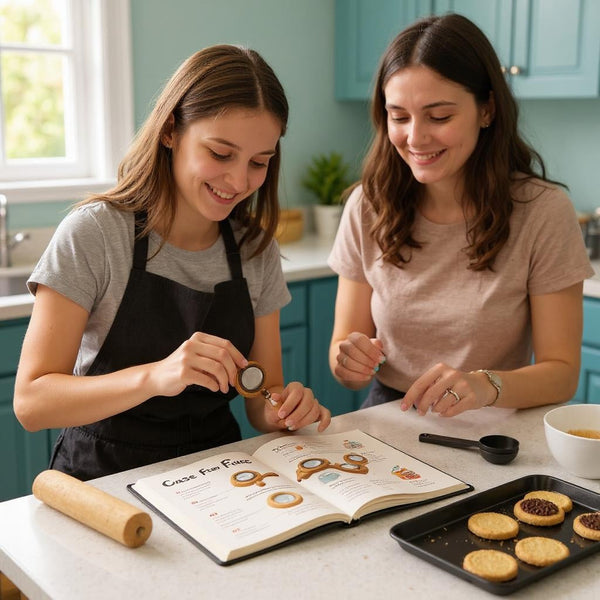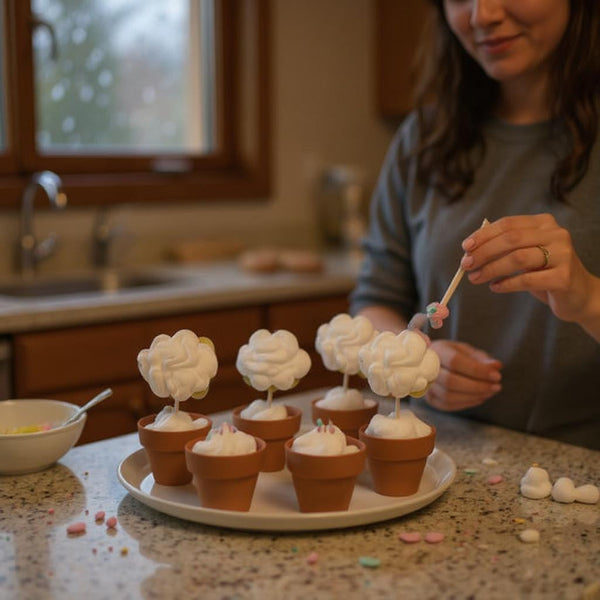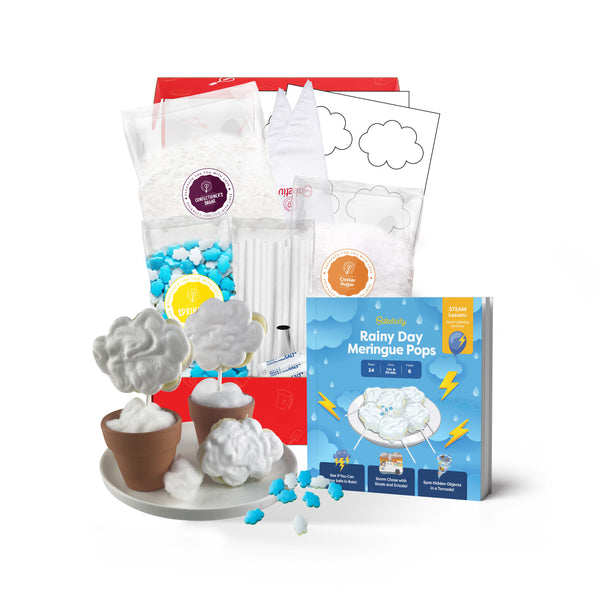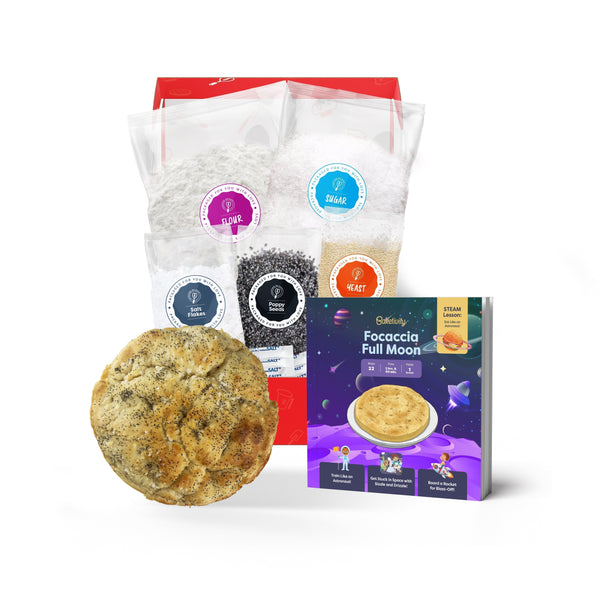Getting kids involved in the kitchen is one of the most rewarding activities I’ve ever experienced. Not only does it spark their creativity, but it also teaches them essential life skills in a fun and engaging way. From mixing ingredients to decorating cupcakes, cooking becomes an adventure they’ll love diving into.
I’ve found that cooking with children isn’t just about making food—it’s about creating memories and building confidence. It’s amazing to see their faces light up when they accomplish something as simple as cracking an egg or stirring a batter. Plus, it’s a sneaky way to introduce them to healthy eating habits while keeping them entertained.
Benefits Of Cooking Activities For Children
Cooking activities help children develop critical skills. Measuring ingredients sharpens math abilities, experimenting with recipes enhances creativity, and reading instructions builds literacy. These tasks combine fun with hands-on learning.
Cooking fosters responsibility through task management. Children learn accountability when handling tools, cleaning up, or properly storing ingredients. Examples include washing vegetables, arranging utensils, or organizing ingredients into containers.
It improves health awareness. Engaging in meal preparation introduces concepts like portion control, balanced diets, and nutritional benefits. By preparing meals like fruit salads or whole-grain snacks, kids identify healthier food options.
It enhances motor skills. Cutting, stirring, and kneading strengthen hand-eye coordination and fine motor abilities. Using child-safe tools, like plastic knives or small whisks, makes these activities both safe and effective.
Cooking strengthens family bonds. Shared meal preparation creates collaboration opportunities and improves communication. Group tasks, like making sandwiches or decorating cupcakes, allow teamwork to flourish in an enjoyable setting.
Age-Appropriate Cooking Tasks
I tailor cooking activities to a child's age and ability to ensure safety and engagement. Starting with simple tasks builds confidence and paves the way for more complex skills later.
Cooking Ideas For Toddlers
I involve toddlers in basic, safe tasks with minimal risk. Examples include washing fruits, tearing lettuce, and stirring soft ingredients. Toddlers enjoy sensory exploration, so I encourage touching, smelling, and mixing ingredients like flour or sugar.
Activities For Preschoolers
Preschoolers handle slightly more challenging activities that promote fine motor skills. They can mash bananas, spread butter or jam, and measure simple ingredients with guidance. I also engage them in decorating cookies or cupcakes, using sprinkles or edible markers to enhance creativity.
Cooking Projects For Older Kids
Older children take on independent tasks that involve following instructions. These include chopping soft foods using kid-friendly knives, cracking eggs, grating cheese, and assembling sandwiches or small pizzas. Projects like baking muffins or making smoothies teach them multi-step processes and reinforce responsibility.
Fun And Educational Recipes
Cooking provides endless opportunities for children to learn while having fun. Creating recipes together blends enjoyment with skill-building, making it an ideal activity for kids of all ages.
Easy Breakfast Recipes
I recommend starting with simple breakfasts to ease children into cooking. Pancakes allow kids to measure ingredients, mix batter, and learn how heat transforms food. Adding blueberries or bananas promotes creativity. Smoothie bowls give children the chance to combine fruits, yogurt, and toppings like granola or nuts, engaging their motor skills and nutritional awareness. Overnight oats are another excellent choice, as kids can combine ingredients like oats, milk, and fruits, then observe how the mixture changes after refrigeration.
Simple Lunch And Snack Ideas
Prepare hands-on lunches or snacks that teach layering, mixing, and assembly skills. Mini sandwiches made with cookie cutters encourage fine motor skills and creativity. Personal pizzas using pre-made dough or English muffins let kids spread sauces, sprinkle cheese, and customize toppings. For snacks, veggie sticks with homemade hummus help introduce healthy options, with kids managing ingredients for the dip. Trail mix, made by combining nuts, seeds, and dried fruits, offers a quick task to reinforce measuring and portion control.
Creative Desserts To Try
Dessert recipes balance fun with learning. Let kids bake cupcakes, guiding them through steps like dividing batter into liners and decorating with frosting and sprinkles. No-bake treats, such as energy balls made from oats, peanut butter, and chocolate chips, are easy and safe. Fruit kebabs provide vibrant, healthy options, with children arranging colorful fruit pieces on skewers to practice patterns and designs. I encourage exploring layered parfaits using yogurt, fruits, and granola for a visually appealing dessert that integrates creativity with nutritional education.
Tips For Making Cooking Safe And Enjoyable
- Supervise at all times
Ensure a safe environment by supervising children closely. Monitor activities such as chopping or cooking near heat sources to prevent accidents. Reinforce the importance of asking for help with tasks requiring sharp tools or hot surfaces.
- Choose age-appropriate tasks
Assign tasks based on a child's development level. Toddlers can wash produce, while older kids can measure ingredients or cut soft foods. Matching tasks to ability boosts confidence and reduces frustration.
- Set clear hygiene rules
Teach children to wash their hands before and after handling food. Emphasize cleanliness by wiping surfaces, tying long hair back, and avoiding raw meat contamination. Demonstrate proper food-safe practices.
- Use child-friendly tools
Select tools designed for kids, such as plastic knives, small whisks, and lightweight mixing bowls. These tools improve safety and ensure tasks are manageable for smaller hands.
- Create a clutter-free workspace
Organize ingredients, utensils, and equipment before starting. Keeping counters clear reduces risks of spills or accidents and keeps children focused.
- Prioritize simple recipes
Start with easy options to build skills and confidence. Recipes without extensive steps or complicated techniques ensure children remain engaged and enjoy the activity. Examples include muffins, granola bars, or sandwiches.
- Teach basic kitchen safety rules
Explain concepts like "hot" and "sharp" to younger kids. Show them how to carry knives safely and remind them not to touch stove burners. Reinforce these safety tips consistently.
- Encourage patience and teamwork
Model patience during mistakes and collaborate on tasks. Allow children to take their time and enjoy the process, promoting a relaxing atmosphere while strengthening their focus and group participation skills.
Encouraging Creativity And Independence Through Cooking
Cooking introduces children to creative problem-solving and decision-making. They experiment with textures, flavors, and colors, fostering innovation. For instance, let them create their own sandwich combinations or decorate cupcakes using various toppings. These choices boost their artistic expression and build confidence in their ideas.
Granting children autonomy in cooking nurtures independence. Assign tasks like prepping ingredients, selecting recipes, or plating dishes. When they take responsibility for specific steps, they develop a sense of ownership. For example, allowing a child to mix batter independently reinforces trust in their abilities and sharpens focus.
Incorporating open-ended activities into cooking enhances creativity. Using foods like fruits, vegetables, and breads, children can design edible characters or themes. Activities like creating animal-shaped sandwiches or rainbow fruit skewers encourage imagination while teaching presentation skills.
By guiding rather than controlling their cooking experiences, I allow kids space to learn from outcomes. Even when results aren't perfect, they gain resilience and adaptability. This process forms a foundation for self-confidence and problem-solving in future challenges.
Conclusion
Cooking with children is so much more than just making meals—it's about nurturing their growth, creativity, and independence while sharing meaningful moments together. By involving kids in the kitchen, we open the door to valuable life lessons and skills that they'll carry with them for years to come.
Whether it's teaching them how to measure ingredients, encouraging them to try new recipes, or simply enjoying the process of creating something together, cooking is a powerful way to connect and inspire. With the right approach, tools, and mindset, these activities can spark joy, curiosity, and confidence in every young chef.



